The Engagement Effect

The Engagement Effect
n January 21, President Joe Biden issued an executive order directing the federal Occupational Safety and Health Administration, or OSHA, to consider workplace emergency temporary standards, or ETS, related to COVID-19.
The OSHA segment of the executive order, “Protecting Workers from COVID-19 Under the Occupational Safety and Health Act,” directs the secretary of labor to:
- issue, within two weeks of the date of this order and in conjunction or consultation with the heads of any other appropriate executive departments and agencies (agencies), revised guidance to employers on workplace safety during the COVID-19 pandemic;
- consider whether any emergency temporary standards on COVID-19, including with respect to masks in the workplace, are necessary, and if such standards are determined to be necessary, issue them by March 15, 2021;
- review the enforcement efforts of OSHA related to COVID-19 and identify any short-, medium-, and long-term changes that could be made to better protect workers and ensure equity in enforcement;
- launch a national program to focus OSHA enforcement efforts related to COVID-19 on violations that put the largest number of workers at serious risk or are contrary to anti-retaliation principles; and,
- coordinate with the Department of Labor’s Office of Public Affairs and Office of Public Engagement and all regional OSHA offices to conduct, consistent with applicable law, a multilingual outreach campaign to inform workers and their representatives of their rights under applicable law. This campaign shall include engagement with labor unions, community organizations, and industries, and place a special emphasis on communities hit hardest by the pandemic.
This guidance is intended to inform employers and workers in most workplace settings—outside of healthcare—and help them identify risks of being exposed to and/or contracting COVID-19 at work, and to help them determine appropriate control measures.
Employers should implement COVID-19 prevention programs in the workplace. The most effective programs engage workers and their union or other representatives in the program’s development, and include the following key elements: conducting a hazard assessment; identifying a combination of measures that limit the spread of COVID-19 in the workplace; adopting measures to ensure that workers who are infected or are potentially infected are separated and sent home from the workplace; and implementing protections from retaliation for workers who raise COVID-19 related concerns.
Although not yet a requirement for employers, the updated guidance provides information to help employers develop elements of a COVID-19 prevention program, including:
- Assignment of a workplace coordinator.
- Identification of where and how workers might be exposed to COVID-19 at work. This includes a thorough hazard assessment to identify potential workplace hazards related to COVID-19.
- Identification of a combination of measures that will limit the spread of COVID-19 in the workplace, in line with the principles of the hierarchy of controls.
- Consideration of protections for workers at higher risk for severe illness through supportive policies and practices.
- Educate and train workers on COVID-19 policies and procedures using accessible formats and in a language they understand.
- Instruct workers who are infected or potentially infected to stay home and isolate or quarantine to prevent or reduce the risk of transmission of COVID-19.
- Minimize the negative impact of quarantine and isolation on workers.
- Isolate workers who show symptoms at work.
- Perform enhanced cleaning and disinfection after people with suspected or confirmed COVID-19 have been in the facility.
- Provide guidance on screening and testing (more information below).
- Record and report COVID-19 infections and deaths (more information below).
- Implement protections from retaliation and setting up an anonymous process for workers to voice concerns about COVID-19-related hazards.
- Make a COVID-19 vaccine or vaccination series available at no cost to all eligible employees.
- Don’t distinguish between workers who are vaccinated and those who are not.
The guidance also includes further information and changes from previous guidance regarding quarantines, physical and social distancing, surgical masks or cloth face coverings, PPE, ventilation, and cleaning and hygiene protocols.
Although not yet a requirement, employers should take the opportunity to review their current policies and procedures with OSHA guidance on a COVID-19 prevention program and prepare for the possibility of a COVID-19 emergency temporary standard. If this ETS is considered necessary, OSHA will issue new guidelines by March 15.
- The case is confirmed as COVID-19 (see CDC information on persons under investigation and presumptive positive and laboratory-confirmed cases of COVID-19).
- The case is work-related (as defined by 29 CFR 1904.5).
- The case involves one or more of the general recording criteria set forth in 29 CFR 1904.7 (e.g., medical treatment beyond first aid, days away from work).
The records must be maintained at the worksite for at least five years. Each February through April, employers must post a summary of injuries and illnesses recorded the previous year. Also, if requested, copies of the records must be provided to current and former employees, or their representatives. Visit OSHA’s Injury and Illness Recordkeeping and Reporting Requirements page for more information.
The Americans with Disabilities Act requires that any mandatory testing must be “job related and consistent with business necessity.” The EEOC correlates this phrasing of the ADA with the risk that COVID-19 poses to the health of others in the workplace. Employers may also ask about symptoms that health authorities have stated are associated with COVID-19.
Testing isn’t meant to take the place of other hygiene and sanitation protocols recommended by other federal and local government agencies.
If your business decides to test employees for COVID-19, develop and implement a testing process and procedure that isn’t discriminatory and meets all requirements for private health information.
Build a strategy to implement temperature taking within your workforce. Consider everything from the logistics of thermometers, handling confidential information, and waiting in line, to compensation, hazards, PPE, and how to send employees home.
Consult with legal counsel before implementing a temperature-taking program to ensure it complies with all federal and state laws. Treat temperature taking as medical information and keep it private and secure from other employees.
Here are links to the most recent State of Alaska Epidemiology bulletins, which are an excellent resource on numerous topics, regarding last year’s COVID-19 impacts in Alaska: epibulletins.dhss.alaska.gov/Document/Display?DocumentId=2061 and epibulletins.dhss.alaska.gov/Document/Display?DocumentId=2060
To read the White House proclamation online, go to whitehouse.gov/briefing-room/presidential-actions/2021/01/21/executive-order-protecting-worker-health-and-safety/.
To read the OSHA article issued in response, visit: www.osha.gov/coronavirus/safework.
